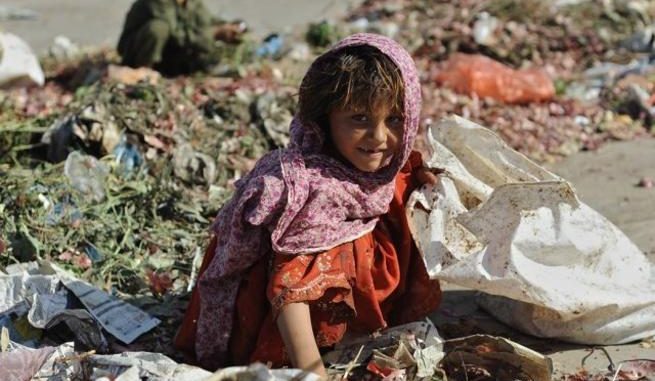
Discrimination against women is not new in India; neither is violence. Yet, not enough attention is paid to the constant neglect that snuffs out lives of the country’s girl children. A recent study has shown that 2,39,000 excess deaths – the difference between expected and observed deaths – of girls under the age of five occur every year in India. The study takes into account a comparison with 46 countries that do not have a history of gender discrimination. It further reveals that 22 per cent of the overall mortality burden of young girls in India is a result of gender bias. This statistic is shocking, especially given that girls in this age group are expected to have a lower mortality rate compared to boys, owing to a biological advantage. Further, four northern states – Uttar Pradesh, Bihar, Rajasthan and Madhya Pradesh – account for two-thirds of the excess deaths in India. These states also recorded high levels of crimes against both women and children in 2011, the census year used for the study. Strikingly, the two worst offenders – the excess mortality rate is 30.5 in UP and 28.5 in Bihar – have shown improved sex ratio at birth in recent years. This highlights the systematic callousness shown towards girls in the country.
The preference for the male child in Indian society has been traditionally attributed to a concept of familial legacy. However, the bias persists in spite of the 2005 amendment to the Hindu Succession Act, 1956, which allows the daughter to inherit property. Clearly, the government’s approach to save the girl child must be far more incisive. Deep-seated prejudice cannot be eradicated only by criminalizing pre-natal sex determination. Given the prevalent fear of dowry or cost of education, monetary incentives could be helpful. In this context, the Rajasthan government’s Mukhyamantri Rajshree Yojna, launched in 2016, has a promising design – it offers financial support at different stages of the girl’s life, with separate allocation at birth, vaccinations in her first year, admission to school and subsequent higher studies, and so on. Such schemes must be accompanied by thorough ground-level monitoring. Awareness campaigns and counselling of families at maternity hospitals to may also be effective. Even if neglect cannot be quantified, its parameters must be identified. No compromise should be tolerated regarding medical attention or food allowance for young girls. The government must take immediate steps to improve the future of girls in India.
Source: The Telegraph India

Leave a Reply